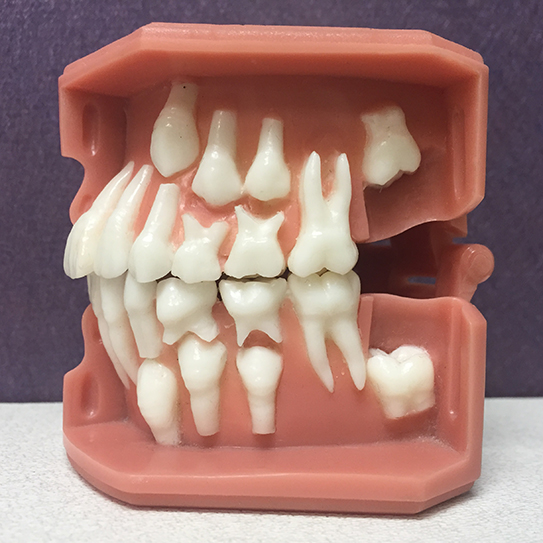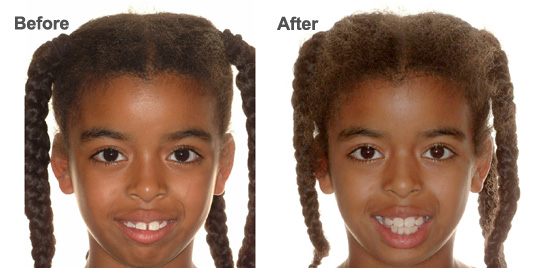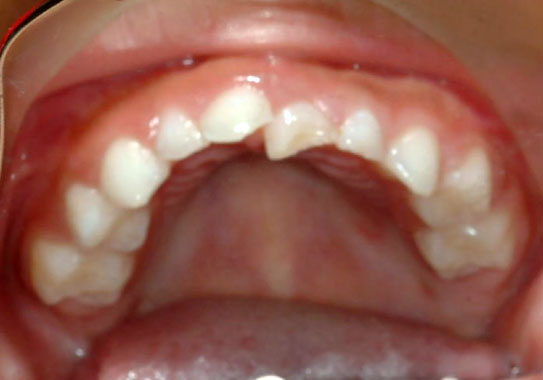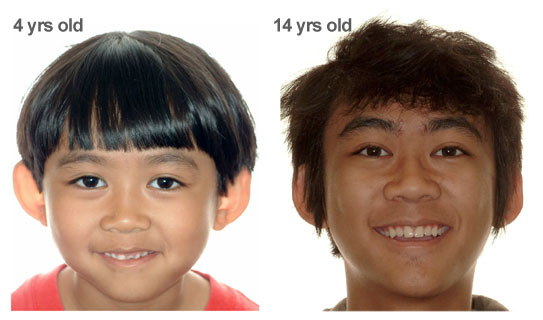What Causes Bad Breath?
January 26th, 2016

LET’S JUST SAY IT… bad breath is unpleasant. And yet we’ve all suffered from it. Sometimes, however, it’s worse than others. You may wonder, what causes bad breath? And perhaps more importantly, what is the best way to prevent it?
Bad breath, or halitosis, can be caused by a number of things. Here are some reasons your breath may not be as fresh as you’d like:
Good Oral Hygiene Makes All The Difference
If you don’t brush and floss everyday, food stays in your mouth and collects bacteria. This bacteria causes bad breath. On top of that, food that remains in your mouth and gets caught in your braces and stuck between teeth will begin to rot and smell bad.
Brush and floss regularly and go to your biannual dental cleanings (or more, as directed) in addition to your regular orthodontic adjustments.
Certain Foods Make Breath Worse Than Others
Watch out for foods such as garlic, onions, cheese, and soda, as they can be a major cause of unpleasant breath. Once food is absorbed into the bloodstream, it’s transferred to the lungs where it is expelled through your breath. Thus, foods with strong tastes or odors, like the ones mentioned above, can stick around longer than you’d like.
Consumption of tobacco products can also cause severe halitosis. If you or someone you know uses tobacco, ask us for assistance in kicking the habit.
Bad Breath Can Be Linked To A Medical Disorder
Our oral health is strongly connected to other health conditions. In fact, bad breath could be the first sign of a medical disorder. Severe and persistent halitosis is a major symptom of dental diseases such as gum disease and cavities. Other maladies can negatively affect our breath as well such as diabetes, sinus infections, and liver or kidney ailments.
What’s Up With Morning Breath?
Morning breath seems to be an especially pungent offender. Morning breath gets to be so bad mainly because of dry mouth. During the day, saliva works to wash away food debris and keep bacteria in check.
When we sleep at night, our saliva production goes down, causing our mouths to become more dry and allowing bacteria to proliferate. Many people sleep with their mouths open as well, which can make dry mouth even worse.
Here’s what you can do to make your morning breath a little less offensive:
- Clean your teeth and braces before bed. This is a given! The less food bacteria have to munch on, the less odorous your mouth will be in the morning.
- Keep water by the bed. When you wake up during the night, take a drink of water. Keeping your mouth moist will combat the spread of those smelly bacteria.
We’re Here To Help
For the most part, bad breath is manageable. However, chronic or extreme bad breath is not normal. If you are concerned about halitosis or have any questions, call and make an appointment with us. Our job is to find solutions for a healthier, happier you!

















